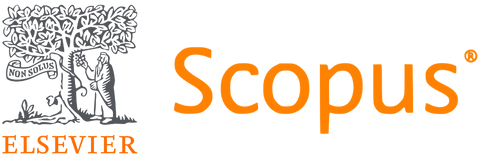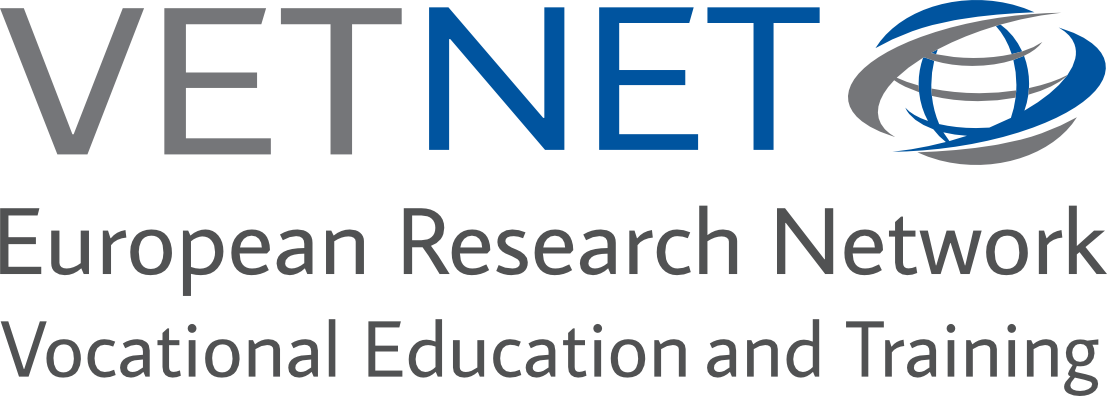The Dilemmas of Flexibilisation of Vocational Education and Training: A Case Study of the Piano Makers
DOI:
https://doi.org/10.13152/IJRVET.8.1.6Keywords:
Vocational Education and Training, VET, Flexibilisation, Occupational Association, Occupational Field, Institutional Work, Occupational IdentityAbstract
Context: Dual VET systems are often praised for their labour market proximity because of economic stakeholders’ involvement. However, when labour market requirements change rapidly, a lack of flexibility is attributed to them. This occurs in times of fast socio-technological change like the current digital transformation. A repeatedly proposed measure to increase system flexibility is to reduce the number of occupations and create broader occupational profiles, for example, by combining similar occupations into so-called occupational fields. However, little is known about actually establishing occupational fields.
Approach: Against this backdrop, we address the following research question: How was an occupational field created? As Switzerland attempted to merge occupations over a decade ago, we selected an information-rich and illuminative case concerning the research question: The piano makers’ occupation as one of the first occupations required to merge into an occupational field called musical instrument makers together with organ builders and wind instrument makers. Based on a qualitative case study, we reconstruct the process of occupational field construction by combining expert interviews with comprehensive document analysis and present its narrative.
Findings: Based on this case study, we contribute to the understanding of VET flexibilisation by detailing occupational field creation and identifying opportunities and challenges. Here, we pay special attention to the institutional work of the affected occupational association and identify the importance of preserving its collective occupational identity. Although regulatory changes disrupted the piano makers’ occupation, the occupational association reinstitutionalised it as part of the musical instrument makers’ occupational field. Over a decade later, the piano makers reintroduced their former occupational title, which is deeply connected to their occupational identity.
Conclusion: The results indicate that VET reforms that promote flexibilisation by creating occupational fields encounter serious limitations in collectively governed dual VET systems. In the Swiss system, occupational associations are core collective actors that rely on their members’ voluntary work. To maintain these economic stakeholders’ necessary commitment to VET, their collective occupational identity, symbolized by their long-standing occupational title, needs to be preserved.
Downloads
Online First / Final Publication Date
How to Cite
Issue
Section
URN
License
Copyright (c) 2021 Carmen Baumeler, Sonja Engelage, Alexandra Strebel

This work is licensed under a Creative Commons Attribution-NonCommercial-NoDerivatives 4.0 International License.





